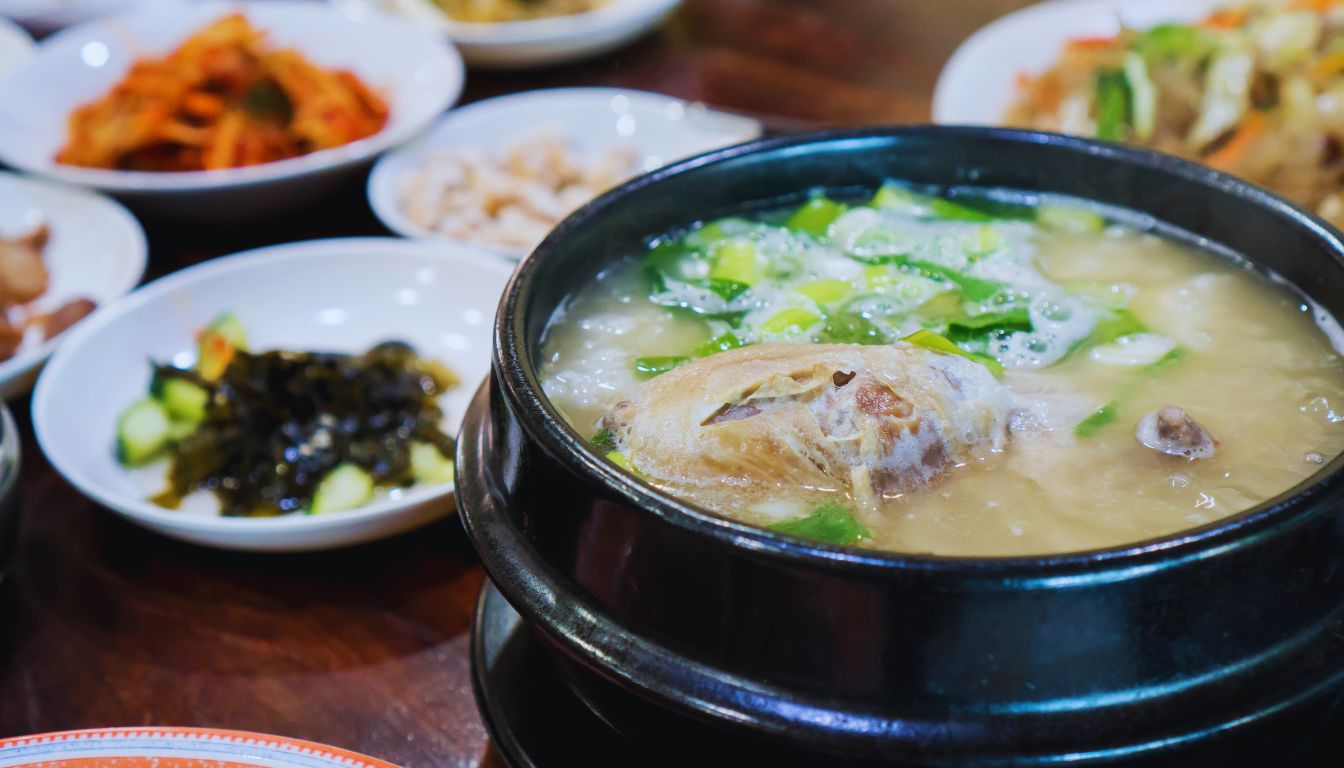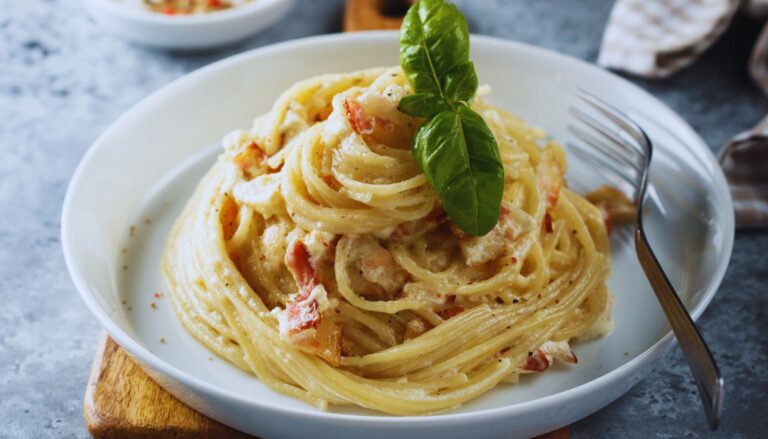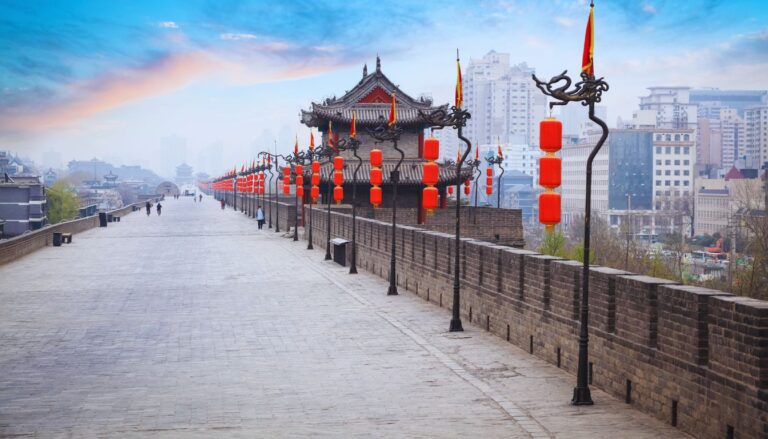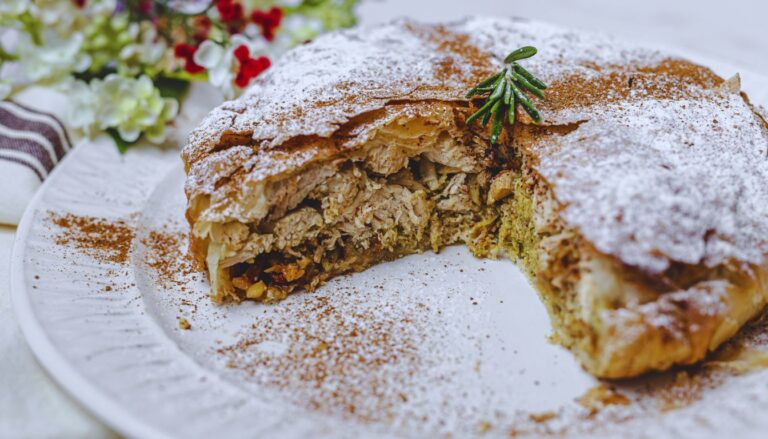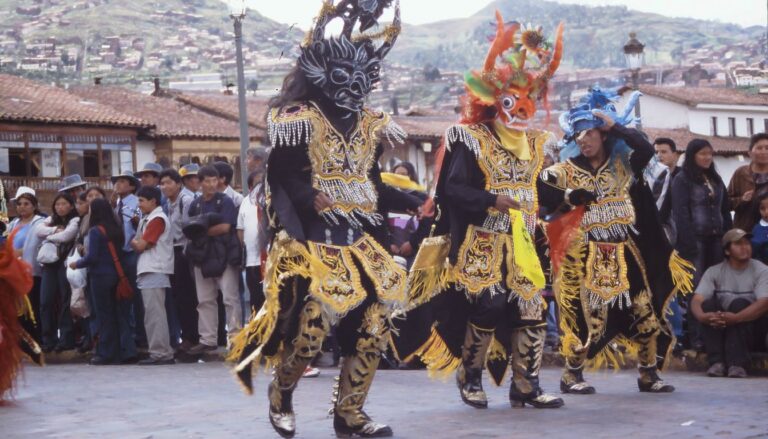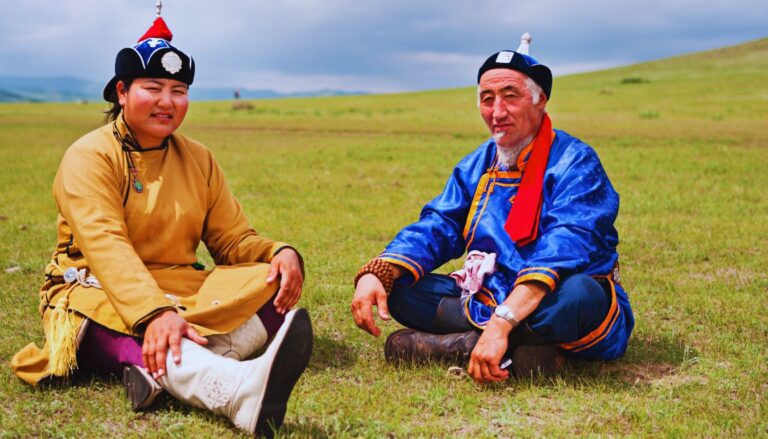Samgyetang, Seoul South Korea
In the bustling streets of Seoul, where ancient traditions harmoniously blend with modern life, there exists a dish that embodies the essence of Korean healing cuisine – Samgyetang. This soulful ginseng chicken soup, starring a whole young chicken stuffed with sticky rice, ginseng, and medicinal herbs, represents the pinnacle of Korean food philosophy where health and flavor unite. As steam rises from the stone bowl, it carries with it centuries of traditional wisdom and the comforting embrace of Korean home cooking.
Table of Contents
Origins and History
Samgyetang’s roots trace back to the principles of traditional Korean medicine, dating to the Goryeo Dynasty (918-1392). The dish evolved from ancient royal court cuisine and traditional medicinal practices, where food was seen as medicine (음식은 약이다 – “food is medicine”). Initially served to royalty and aristocrats, this nutritious soup gradually became a beloved dish among all social classes.
The name itself tells its story: ‘Sam’ (삼) refers to ginseng, ‘gye’ (계) means chicken, and ‘tang’ (탕) translates to soup. This naming convention reflects the straightforward yet profound nature of Korean cuisine, where ingredients are celebrated for both their flavors and healing properties.
Cultural Significance
Samgyetang holds a special place in Korean culture for several reasons:
- Seasonal Significance:
- Traditional food for boknal (복날), the three hottest days of summer
- Embodies the principle of 이열치열 (fighting heat with heat)
- Considered essential for maintaining health during extreme weather
- Social Importance:
- Family gatherings center around sharing this nourishing soup
- Symbol of parental care and love
- Regular presence at important life events and celebrations
- Health Philosophy:
- Represents the harmony between nutrition and natural medicine
- Embodies Korean wellness principles
- Demonstrates the Korean approach to preventive healthcare
Ingredients and Preparation
The authentic preparation requires specific ingredients chosen for both their medicinal and culinary properties:
Essential Ingredients:
- Young whole chicken (about 1-1.5 pounds)
- Korean ginseng root
- Sticky (glutinous) rice
- Jujubes (Korean dates)
- Garlic cloves
- Korean ginger
- Chestnuts
- Green onions
- Medicinal herbs:
- Milk vetch root (황기)
- Korean angelica root (당귀)
Traditional Preparation Method:
- Clean and stuff the young chicken with soaked sticky rice
- Add ginseng, jujubes, and garlic inside the cavity
- Secure the opening with a toothpick
- Simmer in water with additional herbs for 1-1.5 hours
- Serve piping hot in the cooking liquid
- Garnish with green onions and black pepper
Where to Try It
Notable Establishments:
- Tosokchon Samgyetang near Gyeongbokgung Palace
- Seoul’s most famous samgyetang restaurant
- Historic establishment since 1983
- Known for rich, flavorful broth
- Signature Style: Double-boiled soup with premium ginseng
- Korea Samgyetang in Myeongdong
- Traditional recipe with modern presentation
- Comfortable setting for foreign visitors
- English menu available
- Known For: Consistent quality and attentive service
- Baeksuk Dabang in Jongno
- Local favorite
- Traditional ambiance
- Family recipe passed down generations
- Highlight: House-made medicinal herb blend
- Hanilkwan in Gangnam
- Upscale dining experience
- Premium ingredients
- Modern interpretation of traditional recipe
- Special: Organically raised chickens
Neighborhood Recommendations:
- Jongno District:
- Historic heart of Seoul
- Try: Tosokchon Samgyetang
- Local Tip: Arrive early to avoid long queues
- Close to major palaces and traditional sites
- Myeongdong:
- Shopping district with numerous restaurants
- Try: Korea Samgyetang
- Local Tip: Perfect for lunch during shopping
- Tourist-friendly area with English menus
- Insadong:
- Traditional culture street
- Try: Gogung Samgyetang
- Local Tip: Combine with traditional tea experience
- Authentic atmosphere with traditional décor
- Gangnam:
- Modern Seoul’s culinary hub
- Try: Hanilkwan
- Local Tip: Reservation recommended
- Premium dining experience
Eating Etiquette and Customs
Understanding Korean dining customs enhances the experience:
- Serving Traditions:
- Soup arrives piping hot in stone bowls
- Additional condiments include salt and pepper for customizing
- Green onions and kimchi as standard side dishes
- Eating Techniques:
- Let the soup cool slightly before eating
- Use spoon for soup, chopsticks for meat
- It’s acceptable to use hands for removing meat from bones
- Share side dishes (banchan) with others
- Cultural Considerations:
- Show respect for elders by waiting for them to begin eating
- Express gratitude before and after meals
- Finish the nutritious broth completely
Seasonal Considerations
While available year-round, Samgyetang has specific seasonal significance:
- Peak Season: Summer, especially during boknal
- Chobok (초복): Beginning of hot days
- Jungbok (중복): Middle of hot days
- Malbok (말복): End of hot days
- Best Times to Visit:
- June through August for traditional summer experience
- Winter months for warming comfort
- Spring and fall for less crowded dining
Modern Interpretations
Contemporary Seoul restaurants respect tradition while offering subtle innovations:
- Organic and free-range chicken options
- Premium ginseng varieties
- Additional nutritious ingredients like abalone
- Elegant plating for fine dining establishments
- Take-home packages for convenient preparation
Practical Information and Travel Tips
For an authentic Samgyetang experience:
- Timing: Most restaurants serve from 10:00 AM to 9:00 PM
- Price Range: ₩15,000-22,000 per serving
- Reservations: Recommended for famous establishments
- Language: Learn basic Korean phrases for ordering
- Health Considerations:
- Inform about any herb allergies
- Soup is served very hot
- Rich in nutrients and quite filling
- Location Tips:
- Stay near Jongno for traditional options
- Consider hotel recommendations for authentic experiences
- Use subway for easy restaurant access
Making Your Samgyetang Journey Memorable
Embrace this healing tradition by visiting during boknal days for the most authentic experience. Take time to appreciate the careful preparation and centuries of wisdom in each bowl. Remember that Samgyetang is more than a meal – it’s a journey into Korea’s cultural heritage and a testament to their belief in food as medicine. Let each spoonful tell you the story of Seoul’s culinary legacy.

